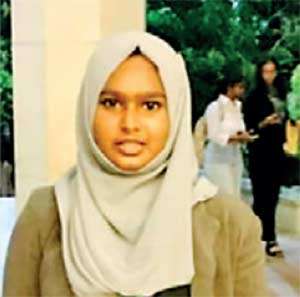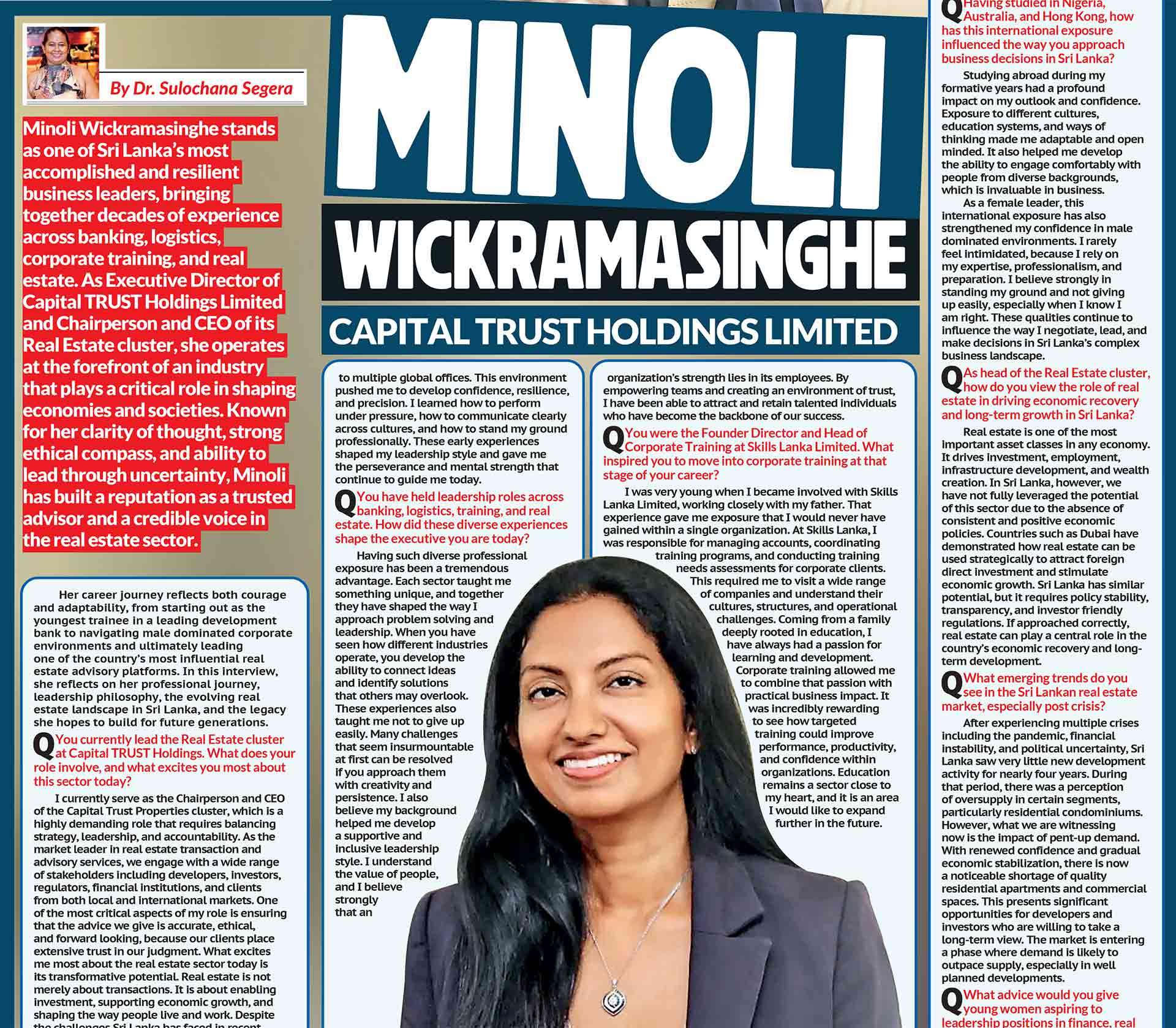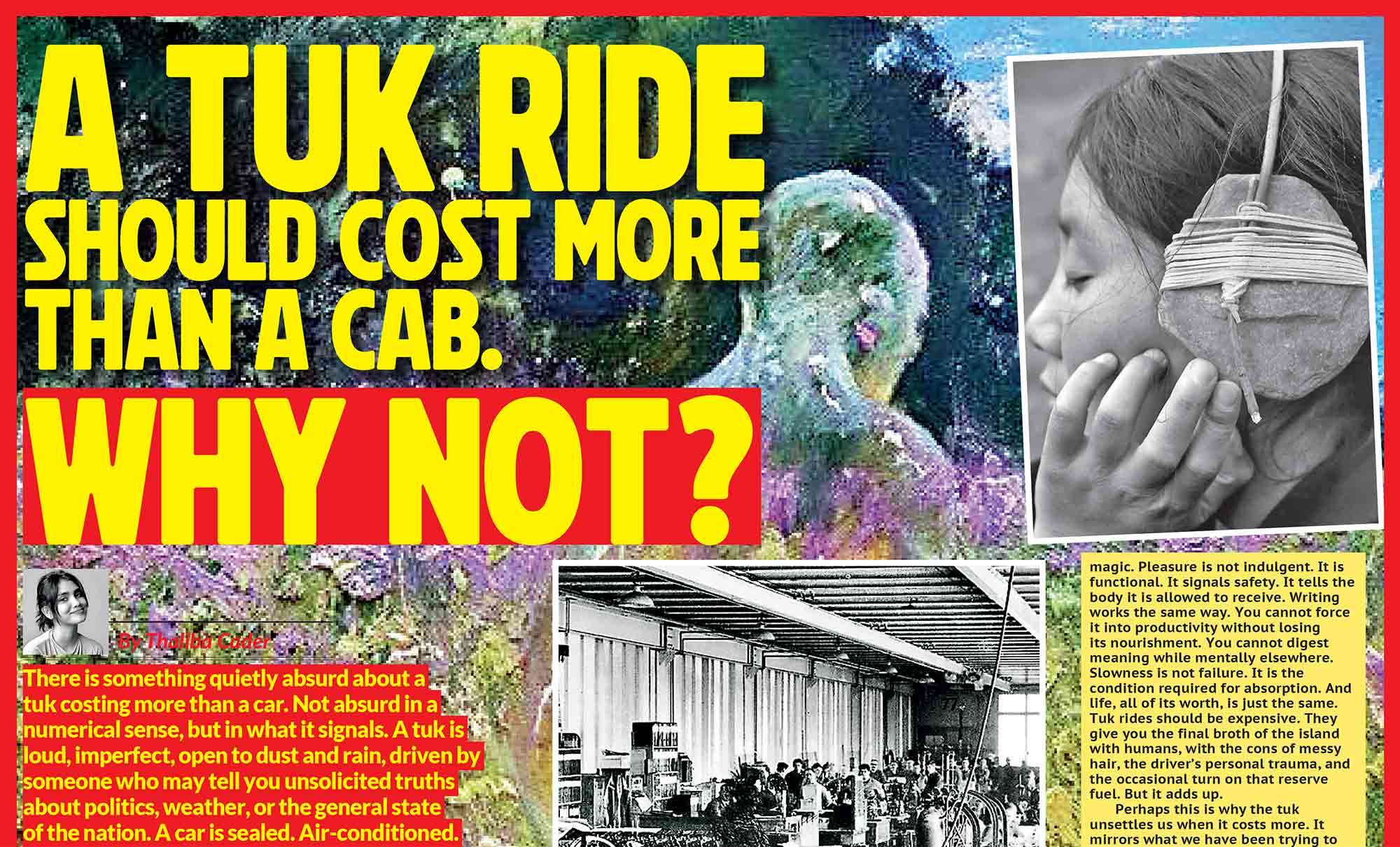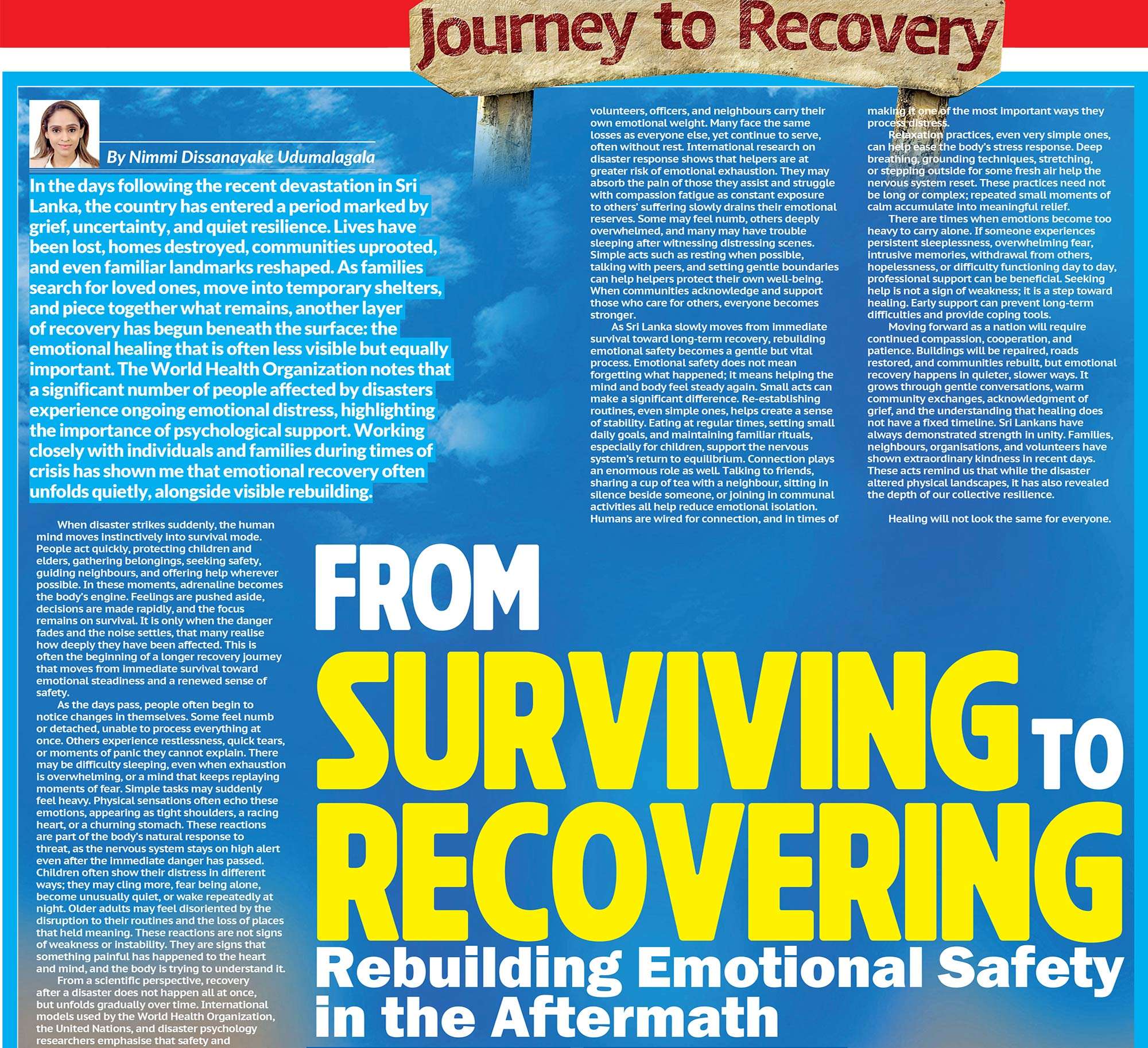Every compelling tale has a villain, someone who stands in the way of the hero, stirs up trouble, and breaks the rules. But have you ever paused to consider how they became that way? Are villains born evil, or are they shaped by their circumstances? More often than not, the darkest characters in fiction have a tragic backstory - a turning point, a loss, or a society that failed them. Behind the mask of cruelty often lies a broken soul: someone who once hoped, dreamed, and cared. Someone who carried the weight of a shattered life on their back. Perhaps they were abandoned by the people they trusted most, neglected by family, or betrayed by a society that simply looked the other way.
More often than not, the darkest characters in fiction have a tragic backstory - a turning point, a loss, or a society that failed them. Behind the mask of cruelty often lies a broken soul: someone who once hoped, dreamed, and cared. Someone who carried the weight of a shattered life on their back. Perhaps they were abandoned by the people they trusted most, neglected by family, or betrayed by a society that simply looked the other way.
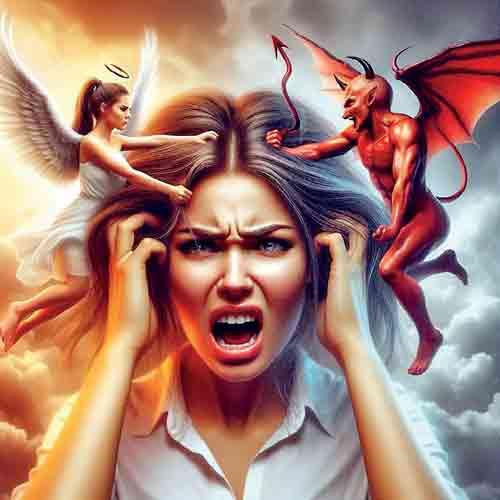
Their pain went unnoticed. Their cries were unheard. And slowly, their will to survive was forged in anger, vengeance, or destruction. What we interpret as villainy might, in truth, be a cry for help, a call that never reached the right ear. It is rarely a chosen path, but one forced upon them.
Many villains aren’t born evil, people make them that way. Society turns a blind eye until it’s too late. These characters didn’t wake up one day and decide to become villains. Their world failed them. Their pain was ignored
Take Batman’s Joker as a haunting example. In many versions, especially the critically acclaimed 2019 film Joker, we meet Arthur Fleck, a man battling mental illness in a world that refuses to acknowledge him. Far from a typical criminal, Arthur is emotionally fragile and psychologically unstable, working as a clown-for-hire while pursuing his dream of becoming a stand-up comedian. Instead of receiving compassion, he is mocked, humiliated, and beaten. The few forms of support he relies on, therapy, medication - are cut off by budget cuts. He is abandoned by the very system meant to help him.
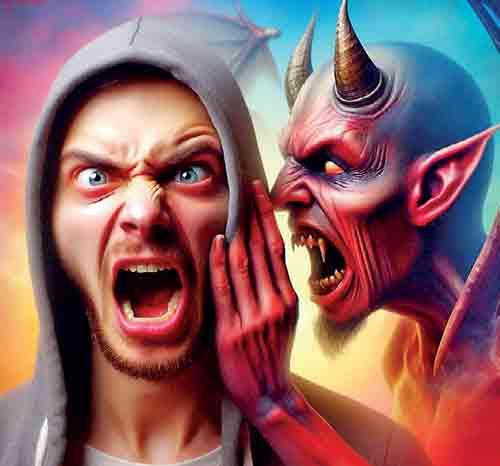
His personal life offers no comfort either. He uncovers devastating truths about his mother and himself. He longs for love and connection, only to discover it was all in his imagination. What begins as pain turns into resentment, then festers into rage. People break when they are pushed too far, too often. Arthur didn’t choose to become the Joker, he was shaped into him by cruelty, neglect, and failure. His transformation reminds us that villains are not always born, they can be made.
Maleficent tells a similarly emotional and layered story. Once the kind-hearted guardian of the Moors, Maleficent is betrayed by Stefan, a man she loves. In his quest for power, he amputates her wings, a brutal act of treachery. Her transformation into a villain is not driven by pure evil, but by pain and mistrust. The curse she places on Aurora stems from heartbreak, not hatred. But as she watches Aurora grow, Maleficent’s heart begins to heal. She finds forgiveness and rediscovers love. Her story is a poignant reminder that villains often carry human wounds, and that pain, not wickedness, can shape their paths.
Many villains aren’t born evil, people make them that way. Society turns a blind eye until it’s too late. These characters didn’t wake up one day and decide to become villains. Their world failed them. Their pain was ignored. And in time, they became what the world feared, because that’s all the world allowed them to be.
Evil is often just the end result of too many open wounds left to bleed.
What these characters teach us is simple yet powerful: villains are often misunderstood. They weren’t always dark. They were pushed, broken, and abandoned
Consider Magneto from X-Men - another powerful portrait of how pain reshapes perception. A Holocaust survivor, Magneto has witnessed the depths of human cruelty firsthand. His fear that mutants will suffer the same fate drives his actions. He doesn’t believe in the goodness of people anymore. Instead, he sees violence as the only way to survive. What may seem like extremism is, at its core, a desperate attempt to protect his kind. He’s not evil for the sake of being evil, he’s a broken man moulded by a broken world. The world didn’t need to make him a monster. It just needed to show him kindness, and it failed.
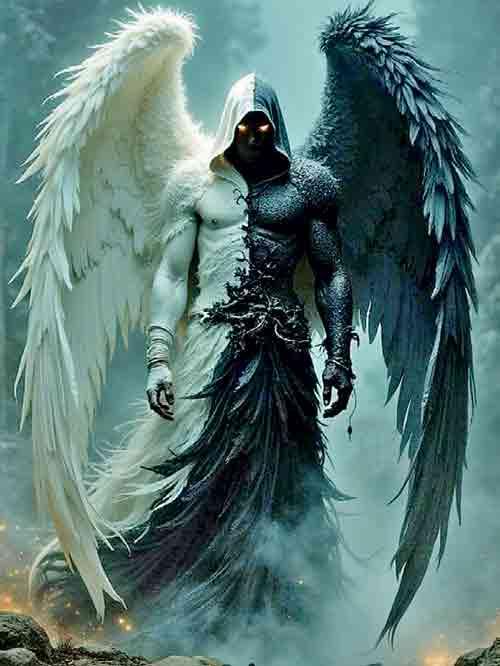
What these characters teach us is simple yet powerful: villains are often misunderstood. They weren’t always dark. They were pushed, broken, and abandoned. Their stories serve as cautionary tales, reminders of what happens when empathy and support vanish.
So maybe the better question isn’t, “Why are they so evil?” but rather, “What could have saved them?” Because sometimes, the world creates its own monsters.

